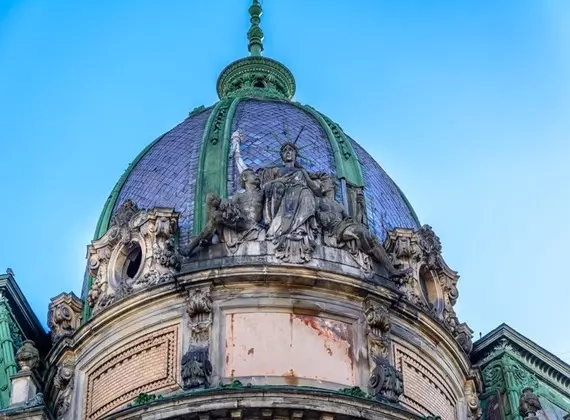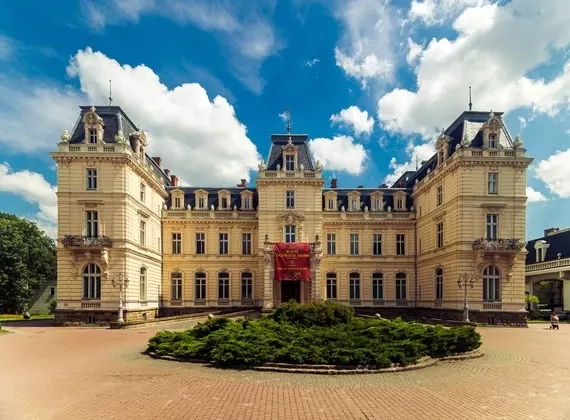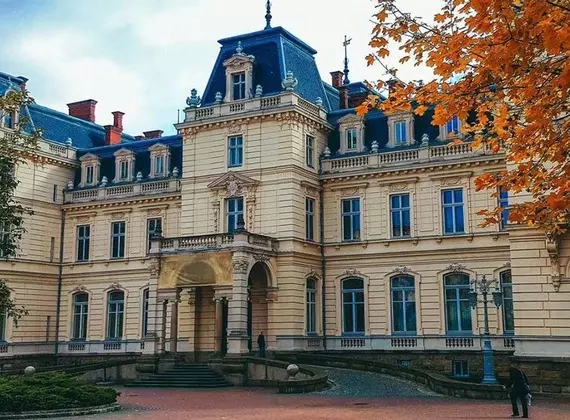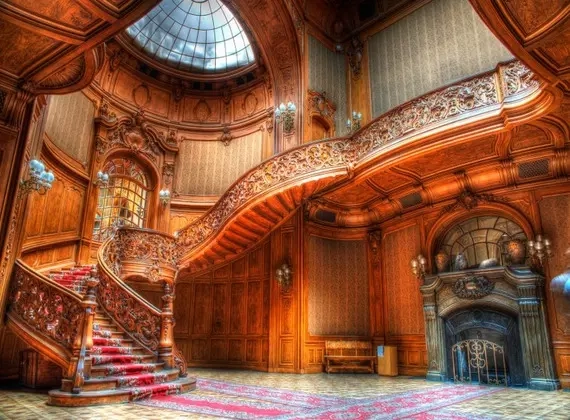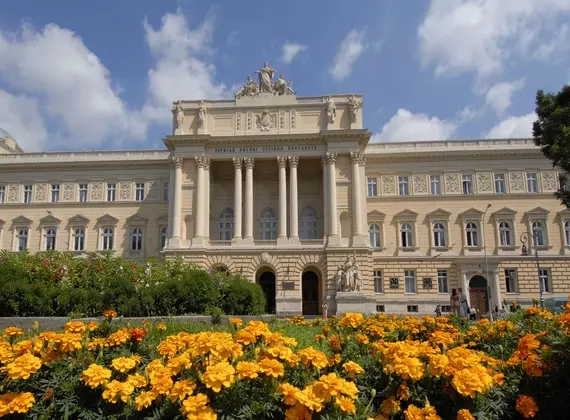Austrian Lviv. Individual tour
Included

Professional guide
Dates
Wed, 19 Oct 2022 - Sun, 28 Sep 2025
Details
Duration
2,5 hours
Departs
Lviv
Returns
Lviv
Currency
EUR
EUR
USD
UAH
About this tour
Tour of the Austrian heritage sites of the city of Lviv.
This tour should start at Svobody Avenue, which was formed as the new center of Lviv precisely during the Austrian times. The Opera House (1900), the Grand Hotel (1893), the former Galicia Savings Bank (1891) and other luxurious buildings are located here. Built in 1992, the monument to Taras Shevchenko not only does not spoil the appearance of the historical building, but also complements it. Located nearby, Mickiewicz Square boasts the George Hotel (1901), a monument to Adam Mickiewicz (1904) and the first Lviv skyscraper – the Sprecher House (1921).
Turning onto Shevchenko Avenue or Halytska Square, you can see the masterpieces of historicism and secession architectural styles. Lviv residents and guests of the city live or work in the still luxurious Austrian houses.
While on Kopernyka Street, we will enter the courtyard of the Palace of the Counts of Potocki (1889) - one of the most spectacular buildings in Lviv. Further, the path leads to the oldest city park in Ukraine (XVI century). Here we admire not only the view of the park itself, but also pay attention to the building of the Galician Diet (1881) - the regional parliament of the times of the Austro-Hungarian Empire. Next to it is the Nobleman's Casino (1898), where the film "D'Artagnan and the Three Musketeers" was filmed. Now this building contains the House of Scientists and various events often take place: balls, film shoots, wedding photo sessions and other solemn events.
It is convenient to return to the city center via Sichovy Streltsiv Street, which houses buildings reminiscent of Italian palaces, an unusual sculpture of the ancient god Mercury, and other architectural and sculptural highlights.
We invite you to join us in the bright world of Austrian architecture in the city of Lviv.
*The tour is conducted in English
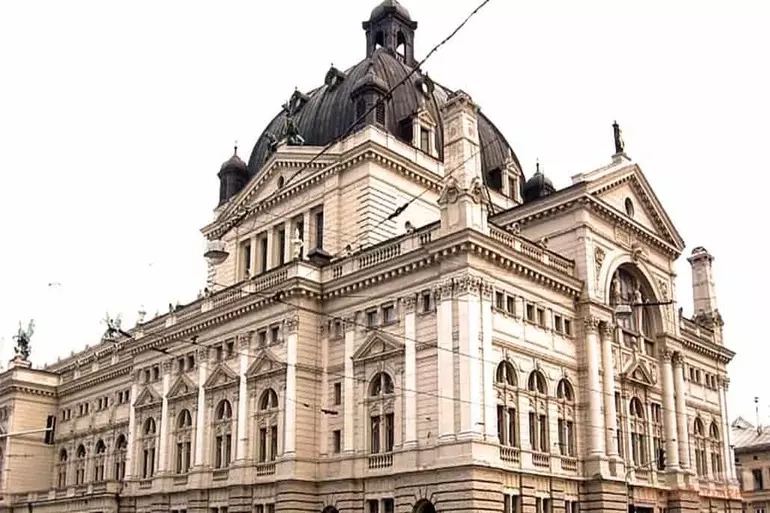
Tour dates: Every day
5 reasons to choose tour
1
The Austrian period in the history of Lviv lasted almost 150 years (from 1772 to 1918).
2
During this time, the architectural face of our city was radically changed. And these changes turned out for the better.
3
Most of the medieval defense structures were dismantled, replaced by new streets, houses and squares.
4
Lviv residents and guests of the city live or work in the still luxurious Austrian houses.
5
We invite you to join us in the bright world of Austrian architecture in the city of Lviv.
Key landmarks
1
The Opera House (1900)
2
The Grand Hotel (1893)
3
The former Galicia Savings Bank (1891)
4
The first Lviv skyscraper – the Sprecher House (1921)
5
The courtyard of the Palace of the Counts of Potocki (1889)
What is included?

Professional guide
*From each purchased tour, we transfer 10% to the Ukrainian Refugee Support Fund. All profits from press tours are transferred to the reconstruction of Ukraine.
ALSO YOU WILL LIKE


